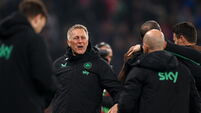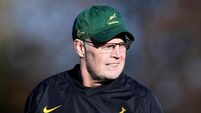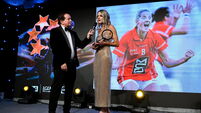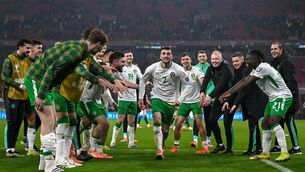Different class: The role of social standing in Irish sport
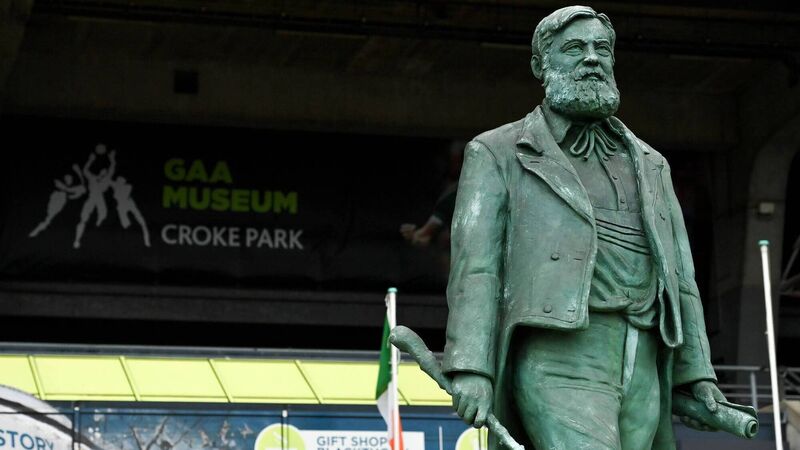
A statue of Michael Cusack, who founded the GAA partly out of disgust at what he saw as the exclusionary nature of Dublin athletics. Picture: Brendan Moran/Sportsfile
Wealth and class have a profound influence on sporting involvement in Ireland. The first sporting clubs based in Ireland were the preserve of the ascendancy and middle class. This began with the Royal Cork Yacht Club, founded in 1720, and continued through the remainder of the eighteenth century with the establishment of clubs for hunting and horseracing.
Later, as the Irish middle classes grew in the nineteenth, an alliance of blood, land and commerce was forged in rugby, tennis and golf clubs in the growing suburbs where money found money.
The importance of disposable income to engagement with sport was manifest in the education system. As rugby became the game of the middle classes across Ireland, fee-paying schools—particularly along the east coast—produced generations of Irish rugby players.
A new book published by Royal Irish Academy reveals through biographies of Irish sports people just how important class and money are to sport.
The book – – is edited by Terry Clavin and Turlough O’Riordan. It is a collection of sixty lives drawn from the ‘Dictionary of Irish Biography’ (a project of the Royal Irish Academy which now features nearly 11,000 lives and which tells the history of Ireland through its people.) Clavin and O’Riordan’s book stands as a educational, entertaining – indeed fascinating – record of the diversity of the history of sport in Ireland.
As the editors note, their collection includes “Serial winners and glorious losers, heroes and villains, trailblazing women, role models and rogues, audacious sporting founders, enduring legends, and forgotten or overlooked greats.” Many themes run through the lives of the people in the book. And one of those themes relates to class and money.
Having the right connections and moving in the right circles was important to success. The biography of the Victorian sports entrepreneur John Lawrence highlights how his success in marketing cricket in the 1870s and 1880s owed much to aristocratic and viceregal backing; that of his contemporary Henry Dunlop notes that the development of his sports club at Lansdowne Road in the 1870s benefitted from the fact that “many civil servants, professionals and military officers resided locally.”
This sporting world was associated with notions of modernity, sophistication and social prestige. Beatrice Hill-Lowe, a champion nineteenth-century archer, was drawn into sport as part of a social life that revolved around “attending hunt balls, acting in summer fêtes, and competing in and judging arts-and-crafts fairs.”
The book shows, also how the cult of amateurism was an important function of the class basis of sport. Professionalism in sport was seen as a mark of corruption, of disreputability.
Henry Dunlop framed the rules of his club at Lansdowne Road to exclude “professional athletes, mechanics, artisans and labourers.”
By contrast, Michael Cusack founded the GAA partly out of disgust at what he saw as the exclusionary nature of Dublin athletics, and his creation gave renewed impetus to amateurism in Ireland by showing that it could be compatible with a more socially diverse membership. The enduring influence of the amateur ideal across a variety of sports was borne out in the late 1940s when the golf authorities investigated Philomena Garvey’s amateur status because her job involved selling golf clubs. Later still, Ken Goodall’s ‘defection’ from rugby union to professional rugby (rugby league) led to his being ostracised by Ireland's rugby union authorities for two decades.
All of the stories of these sportspeople can be found in the book, which also shows how even openly professional sports like soccer remained heavily influenced by Corinthianism and the rhetoric that surrounded it.
To this end, William McCracken (who captained Ireland and played for Newcastle from 1904 to 1924, helping them win three Football League titles and one FA Cup) used his cleverness in exploiting a loophole in the offside rule to effectively invent the offside trap; but he was roundly condemned for doing this by people who said it was against the spirit of the game. Another Irish soccer international Kevin O'Flanagan took his amateur status so seriously that when he played for Arsenal in the 1940s “he would only accept his train fare to attend training, refusing match day meal vouchers—noting he had to eat anyway”.
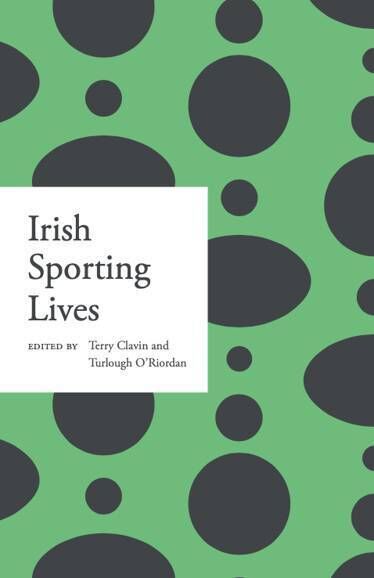
By virtue of his blistering pace and powerful shot, O’Flanagan had earlier lit up the dreary years of the ‘Emergency’ in Dublin where he became a crowd favourite at soccer matches; but he did not wish to be paid to play sport.
Nonetheless, it was only professionalism that allowed those of limited means to devote themselves to, and thereby excel at, particular sports. There was no denying this in the life of George Best – and as his biography notes in passing: “though the name did not die before the man, … the gift did.” It was also the case that there was a dark side to this story. For a long time, professional boxers such as the middleweight champion Jack Dempsey operated on the fringes of legality and fought for stake money supplied by their financial backers and by gamblers; his fights were often broken up by police raids.
Beauchamp Day, once Ireland's greatest runner in the early years of the twentieth century, was “contracted for much of this time to an Australian gambling syndicate … [and] participated in many exhibition and handicap events running under the instructions of his employers, which often meant strategically losing races.”
Some like Day and Vincent O'Brien, who established himself as a major horse trainer by landing a string of betting coups, proved adept at navigating the pitfalls of professional sport. Against that the cyclist Shay Elliott was sucked into a dark abyss of race fixing and drug taking, so prevalent in his sport. His life ended in depression and apparent suicide.
What is apparent also is that money and class are – as we know – no substitute for character when it comes to success.
If some of the lives featured can be politely described as 'colourful', there are a few that are outright notorious. Vere Goold came from a wealthy Catholic family and reached the Wimbledon singles final in 1879. He lost – apparently because he had an almighty hangover. Goold’s life unravelled and he later murdered his French wife and dismembered her body.
Fay Taylor was born in Birr, Co. Offaly, and was from a family wealthy enough to send her to Alexandra College for her education. She became a famous motor-cyclist in England in the 1920s, but by the 1940s she was imprisoned for being a Nazi sympathiser. She lived until 1983 and showed no remorse for these beliefs.
From Nazis to murderers, and from archers to athletes, this fine book is filled with stories and insight.


